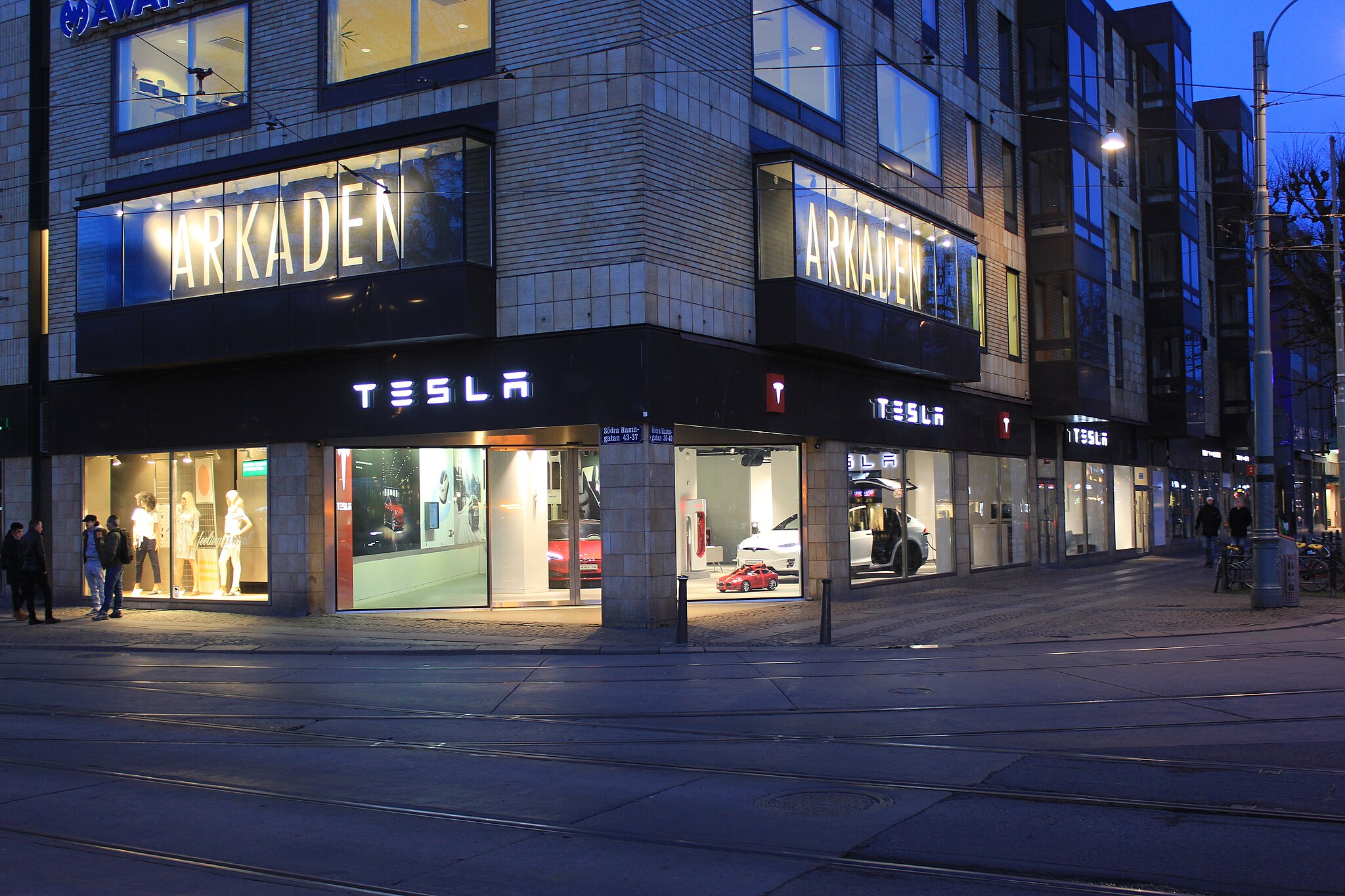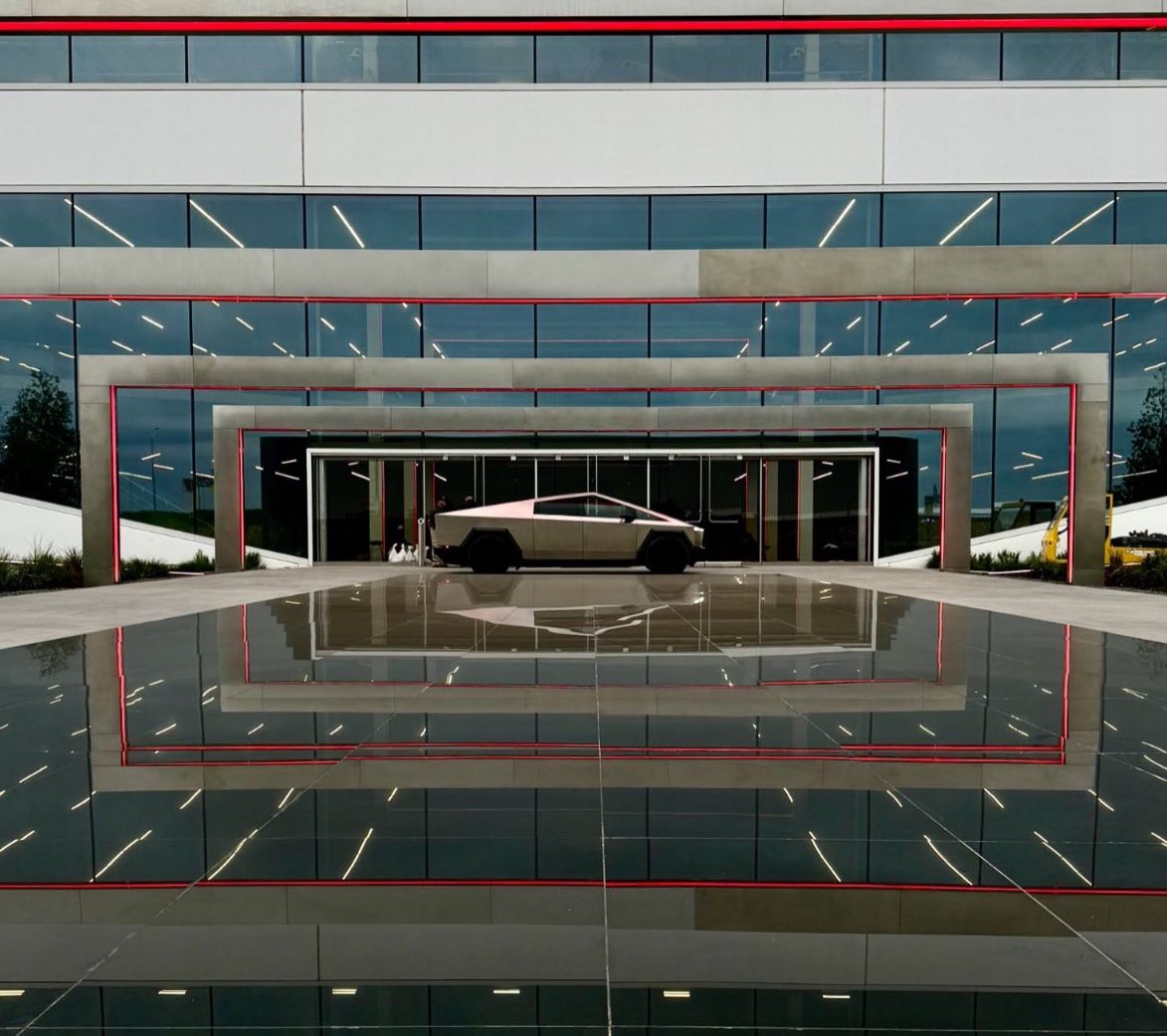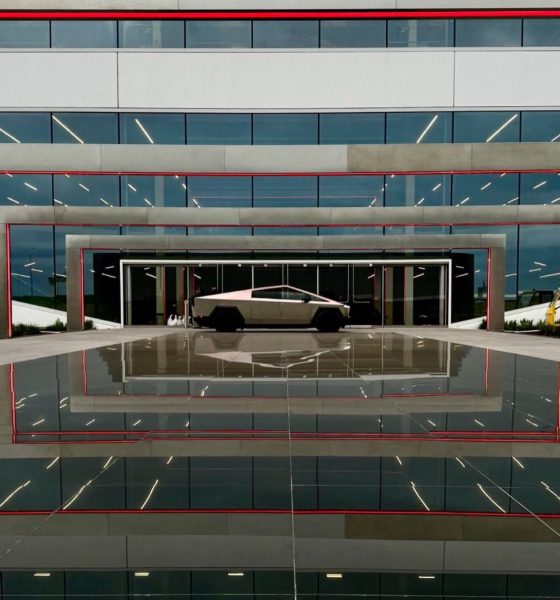Another busy year is coming to an end, closing yet another chapter in Tesla’s journey to advance sustainability. As we prepare for what’s expected to be an eventful 2024, it’s also worth looking back on Tesla’s year in 2023 to highlight some of the company’s many major developments.
Some of Tesla’s important accomplishments in 2023 included the launch of the highly anticipated Cybertruck and the redesigned Model 3 “Highland,” as well as the widespread adoption of the automaker’s charging hardware across the North American auto industry.
Other important developments not highlighted in the list below included Tesla’s industry-rocking price cuts early in the year, and the company’s increasing production of giant Megapack batteries.
The year was a little quiet in Solar and Powerwall deployment and Semi production, though what Tesla lacked in these areas, the company arguably made up for with several other crucial developments.
Below you can see a list of some of Tesla’s most notable stories in 2023.
Tesla announced Gigafactory Mexico
At its Investor Day event earlier this year, Tesla officially announced plans to build a new Gigafactory in Mexico to help build its next-generation EV platform. Set to be constructed in the state of Nuevo León, Tesla recently gained federal land use permits, allowing it to begin construction on the site.
Tesla detailed its Master Plan part three
In April, Tesla shared its Master Plan part three, detailing the company’s proposal for a path to reaching a sustainable global energy economy. The plan followed the Tesla Master Plan parts one and two, which were shared by the company in 2006 and 2016, respectively.
Ford adopted North American Charging Standard (NACS), others followed
In a Spaces call on X in May, Ford CEO Jim Farley spoke with Elon Musk and officially announced the legacy automaker’s plans to adopt Tesla’s charging hardware, dubbed the North American Charging Standard (NACS). The news meant that Ford EVs would someday gain access to the Supercharger network, marking the first step in Tesla’s plans to open the charging network to all EVs.
Since then, every startup and major automaker has followed suit, with the exception of Chrysler-Dodge parent company, Stellantis.
Tesla began producing Dojo supercomputer
Tesla began production of the Dojo supercomputer in July, after the project was originally unveiled during AI day in 2021. The supercomputing cluster is expected to be able to process large streams of data to perform advanced AI and machine learning computations, and it’s projected to become one of the top supercomputers worldwide in the coming months, offering applications from the Full Self-Driving (FSD) beta and beyond.
Elon Musk live streamed FSD beta v12, later rolling early versions out to employees
Speaking of the FSD beta, Musk in August shared a live stream of the then-upcoming FSD version 12, which the CEO has touted as an important key to unlocking full autonomous driving. More recently, Musk confirmed that the FSD beta v12 was starting to roll out to employees, and it has been confirmed to be hitting over 15,000 employee-owned vehicles ahead of a wider release to the public.
Tesla’s FSD beta program also reached 500 million cumulative miles driven in October, representing a massive amount of real-time data for the automaker’s AI to learn from.
Tesla launched the redesigned Model 3 “Highland”
After several months of speculation that Tesla would be releasing a redesigned version of its popular Model 3 sedan, the automaker held a premiere event in Norway in late August, officially launching the refreshed “Highland” design. Initial customer deliveries of the redesigned Model 3 have since been rolling out across much of Europe, Asia, and other markets like Australia and New Zealand.
While the Model 3 Highland isn’t yet available in North American markets, it’s widely expected to be launched in early 2024.
Continued developments to Tesla’s Optimus program
While there weren’t any breakout news stories or an official release for Tesla’s Optimus humanoid robot, the company did highlight its continued developments for the product. Tesla has been ramping up hiring for the Optimus team, featuring videos showing off how the robot can now sort objects autonomously, perform yoga poses, dance and more.
More recently, Musk predicted that Optimus will be able to thread a needle in just a year, and manufacturing expert Sandy Munro says he expects that the humanoid robot will begin being used in Tesla’s factories as soon as 2024.
Tesla launched BP Supercharger partnership
In the first deal of its kind, Tesla sold $100 million worth of Supercharging equipment to BP (formerly British Petroleum) in October, paving the way for future commercial deals that could result in a major revenue stream in the future — especially as Tesla’s NACS takes shape as the charging standard in the next few years.
Tesla launched Cybertruck with delivery event
Last but certainly not least, Tesla held the Cybertruck delivery event late last month, after initially unveiling the vehicle over four years ago in November 2019. Initial deliveries of Tesla’s “Foundation Series” launch edition Cybertrucks have been going out to employees throughout this month, and many reservation holders have been invited to place their own orders for the vehicle.
RELATED:
Elon Musk to discuss Tesla, SpaceX future plans in company talks
What are your thoughts? Did I miss anything important that Tesla did in 2023? Let me know at zach@teslarati.com, find me on X at @zacharyvisconti, or send your tips to us at tips@teslarati.com.

Elon Musk
Delaware Supreme Court reinstates Elon Musk’s 2018 Tesla CEO pay package
The unanimous decision criticized the prior total rescission as “improper and inequitable,” arguing that it left Musk uncompensated for six years of transformative leadership at Tesla.

The Delaware Supreme Court has overturned a lower court ruling, reinstating Elon Musk’s 2018 compensation package originally valued at $56 billion but now worth approximately $139 billion due to Tesla’s soaring stock price.
The unanimous decision criticized the prior total rescission as “improper and inequitable,” arguing that it left Musk uncompensated for six years of transformative leadership at Tesla. Musk quickly celebrated the outcome on X, stating that he felt “vindicated.” He also shared his gratitude to TSLA shareholders.
Delaware Supreme Court makes a decision
In a 49-page ruling Friday, the Delaware Supreme Court reversed Chancellor Kathaleen McCormick’s 2024 decision that voided the 2018 package over alleged board conflicts and inadequate shareholder disclosures. The high court acknowledged varying views on liability but agreed rescission was excessive, stating it “leaves Musk uncompensated for his time and efforts over a period of six years.”
The 2018 plan granted Musk options on about 304 million shares upon hitting aggressive milestones, all of which were achieved ahead of time. Shareholders overwhelmingly approved it initially in 2018 and ratified it once again in 2024 after the Delaware lower court struck it down. The case against Musk’s 2018 pay package was filed by plaintiff Richard Tornetta, who held just nine shares when the compensation plan was approved.
A hard-fought victory
As noted in a Reuters report, Tesla’s win avoids a potential $26 billion earnings hit from replacing the award at current prices. Tesla, now Texas-incorporated, had hedged with interim plans, including a November 2025 shareholder-approved package potentially worth $878 billion tied to Robotaxi and Optimus goals and other extremely aggressive operational milestones.
The saga surrounding Elon Musk’s 2018 pay package ultimately damaged Delaware’s corporate appeal, prompting a number of high-profile firms, such as Dropbox, Roblox, Trade Desk, and Coinbase, to follow Tesla’s exodus out of the state. What added more fuel to the issue was the fact that Tornetta’s legal team, following the lower court’s 2024 decision, demanded a fee request of more than $5.1 billion worth of TSLA stock, which was equal to an hourly rate of over $200,000.
Delaware Supreme Court Elon Musk 2018 Pay Package by Simon Alvarez
News
Tesla Cybercab tests are going on overdrive with production-ready units
Tesla is ramping its real-world tests of the Cybercab, with multiple sightings of the vehicle being reported across social media this week.

Tesla is ramping its real-world tests of the Cybercab, with multiple sightings of the autonomous two-seater being reported across social media this week. Based on videos of the vehicle that have been shared online, it appears that Cybercab tests are underway across multiple states.
Recent Cybercab sightings
Reports of Cybercab tests have ramped this week, with a vehicle that looked like a production-ready prototype being spotted at Apple’s Visitor Center in California. The vehicle in this sighting was interesting as it was equipped with a steering wheel. The vehicle also featured some changes to the design of its brake lights.
The Cybercab was also filmed testing at the Fremont factory’s test track, which also seemed to involve a vehicle that looked production-ready. This also seemed to be the case for a Cybercab that was spotted in Austin, Texas, which happened to be undergoing real-world tests. Overall, these sightings suggest that Cybercab testing is fully underway, and the vehicle is really moving towards production.
Production design all but finalized?
Recently, a near-production-ready Cybercab was showcased at Tesla’s Santana Row showroom in San Jose. The vehicle was equipped with frameless windows, dual windshield wipers, powered butterfly door struts, an extended front splitter, an updated lightbar, new wheel covers, and a license plate bracket. Interior updates include redesigned dash/door panels, refined seats with center cupholders, updated carpet, and what appeared to be improved legroom.
There seems to be a pretty good chance that the Cybercab’s design has been all but finalized, at least considering Elon Musk’s comments at the 2025 Annual Shareholder Meeting. During the event, Musk confirmed that the vehicle will enter production around April 2026, and its production targets will be quite ambitious.
News
Tesla gets a win in Sweden as union withdraws potentially “illegal” blockade
As per recent reports, the Vision union’s planned anti-Tesla action might have been illegal.

Swedish union Vision has withdrawn its sympathy blockade against Tesla’s planned service center and showroom in Kalmar. As per recent reports, the Vision union’s planned anti-Tesla action might have been illegal.
Vision’s decision to pull the blockade
Vision announced the blockade in early December, stating that it was targeting the administrative handling of Tesla’s facility permits in Kalmar municipality. The sympathy measure was expected to start Monday, but was formally withdrawn via documents sent to the Mediation Institute and Kalmar Municipality last week.
As noted in a Daggers Arbete report, plans for the strike were ultimately pulled after employer group SKR highlighted potential illegality under the Public Employment Act. Vision stressed its continued backing for the Swedish labor model, though Deputy negotiation manager Oskar Pettersson explained that the Vision union and IF Metall made the decision to cancel the planned strike together.
“We will not continue to challenge the regulations,” Petterson said. “The objection was of a technical nature. We made the assessment together with IF Metall that we were not in a position to challenge the legal assessment of whether we could take this particular action against Tesla. Therefore, we chose to revoke the notice itself.”
The SKR’s warning
Petterson also stated that SKR’s technical objection to the Vision union’s planned anti-Tesla strike framed the protest as an unauthorized act. “It was a legal assessment of the situation. Both for us and for IF Metall, it is important to be clear that we stand for the Swedish model. But we should not continue to challenge the regulations and risk getting judgments that lead nowhere in the application of the regulations,” he said.
Vision ultimately canceled its planned blockade against Tesla on December 9. With Vision’s withdrawal, few obstacles remain for Tesla’s long-planned Kalmar site. A foreign electrical firm completed work this fall, and Tesla’s Careers page currently lists a full-time service manager position based there, signaling an imminent opening.










